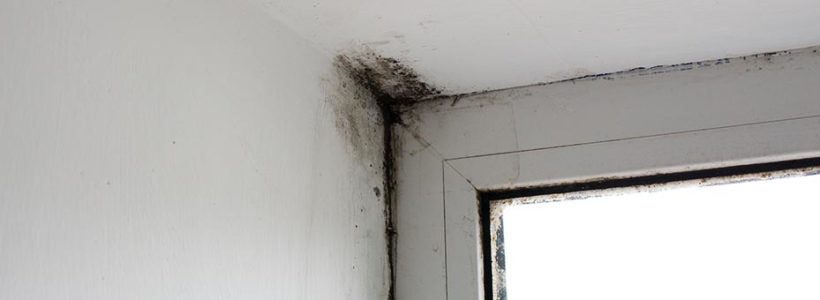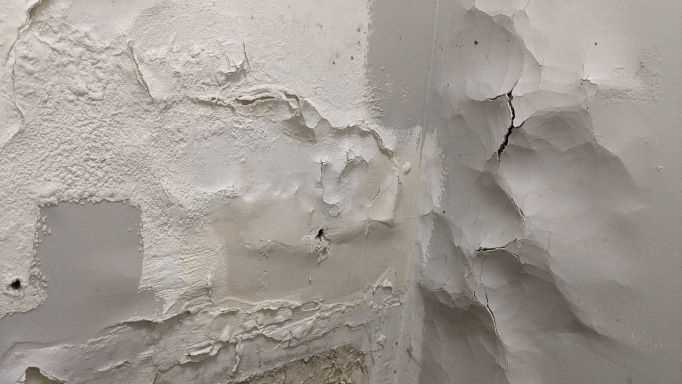Identify and Repair Stains from Water Expertly
Identify and Repair Stains from Water Expertly
Blog Article
Have you been trying to locate information about Indicators of Water Damage Behind Walls?

Water stains on walls are not pleasant to the eyes. Your house should lack discolorations on the wall surfaces, roofing system, or floors. That is the perfect state of a house as well as its structures. Often it appears almost inescapable to experience water discolorations on wall surfaces in residences.
Property owners living in damp areas constantly deal with the fear of water stains on walls. With all-around as well as accurate details on the reasons of water spots and also prompt repair service procedures, you will certainly constantly be an action ahead of such occurrences.
3 Usual Reasons For Water Spots on Walls
Contrary to popular belief, water discolorations on walls do not constantly stem from poor building products. There are a number of sources of water spots on walls. These consist of:
Moist
When hot wet air consults with dry cool air, it triggers water droplets to base on the wall surfaces of structures. This happens in bathroom and kitchens when there is heavy steam from cooking or showers. The water beads can discolor the surrounding walls in these parts of your residence as well as infect other locations.
Damp or condensation influences the roof covering as well as wall surfaces of buildings. This causes them to appear darker than various other locations of the home. When the wall surface is wet, it develops a suitable atmosphere for the development of fungi as well as germs. These might have adverse impacts on wellness, such as allergies and respiratory disorders.
Poor Water drainage
When making a structure strategy, it is essential to make certain sufficient drainage. This will certainly avoid water from leaking right into the wall surfaces. Where the drain system is blocked or missing, underground moisture accumulates. This web links to extreme wetness that you see on the walls of your structure.
The leading reason of damp wall surfaces, in this case, can be a poor drainage system. It can also be because of bad administration of sewage pipes that run through the building.
Pipe Leaks
Most residences have a network of pipes within the walls. This ensures that the pipelines are well away from the reach of damaging rats. It always increases the stability of such pipes, as there is little oxygen within the wall surfaces. This prevents rust.
A disadvantage to this is that water leak impacts the wall surfaces of the building as well as creates extensive damages. An indication of damaged pipes is the appearance of a water discolor on the wall surface.
Pro Pointer
A houseplant in your home also enhances its humidity. If the residence is currently moist, you might desire to introduce houseplants with very little transpiration. An example of suitable houseplants is succulents.
Water Stains on Wall Surface: Fixing Tips
Homeowners would usually desire a quick fix when taking care of water spots. They would certainly quickly understand this is disadvantageous as the water discolorations recur. Right here are a few useful suggestions that will certainly lead you in the repair work of water spots on wall surfaces:
Final thought
Although no one intends to have water spots on walls in their residence, it can occur to the best of us. This short article offers you leverage, as you currently recognize how to handle this incident if it does happen.
It is constantly best to hire expert solutions to help fix the damages in your house.
Sometimes it appears nearly unpreventable to experience water discolorations on wall surfaces in homes.
Contrary to prominent belief, water spots on walls do not always stem from bad building materials. There are several causes of water stains on wall surfaces. The water beads can discolor the surrounding walls in these components of your house as well as spread to other locations.
Right here are a few useful suggestions that will certainly assist you in the repair work of water stains on wall surfaces:
CHECKING FOR WATER DAMAGE
Water damage can be costly, and it may begin before you even notice the first signs of trouble. Water damage can cause mold and mildew in your walls and floors, which can create an abundance of health concerns for your family. It can also lead to costly repairs of various appliances and general home fixtures. To avoid the pricey consequences of water damage, here are Warner Service’s top 5 places you should check:
The walls – The easiest place to spot the beginnings of water damage is on the walls and ceilings of your home. If water damage is present, there will most likely be water stains, especially around the windows and doorframes, and/or cracks in the drywall. If a stain looks unusual (discolored to brown, black or gray, raised texture), has a swollen appearance or is soft to the touch, contact a professional immediately. The pipes – To avoid water damage, consistently check the pipes in your kitchen (especially the dishwasher and ice maker), bathrooms, laundry room (specifically washing machines) and basement for corrosion, leaks and water stains. Pay special attention to where the pipes connect in your home and the location of caulking around the bathroom fixtures, including toilets, sinks, showers and tubs. Missing or loose caulking and grout could be signs of leaking water. This seepage can also quickly cause mold and rust, so double check your water heater and tank for wet spots on the floor. The floor – Water damage is very easy to spot on the floor. Look for any warping or buckling of the material, especially in the basement. If your home has wood flooring, look for bright white or dark stains. If your home has carpeting, keep it dry and clean. A damp carpet that smells of mold could cause water damage and health problems. To avoid this, consider installing floor pans under your appliances to help prevent damages from small, slow and undetected leaks. The basement and attic – If your basement or attic smells odd check for mold and mildew around the area, especially the valley where the roof meets. While you are inspecting those areas, check for wall cracks, floor stains, rust and dampness in the insulation. If you live in a colder and/or rainier climate, perform routine checks for water damage from melting snow or ice and rain. The exterior – Check the roof for damaged flashing and missing, cracked or curled shingles. There should also be no standing water anywhere outside your home. This could be caused by puddles, leaky rain gutters or hoses, poor drainage, or short gutter spouts. Invest in a sump pump system or water flow monitoring system, and perform routine maintenance on these outdoor appliances to avoid indoor water damage.

I came across that piece of writing on How to Remove Water Stains from Walls and Ceilings when doing a search on the search engines. Are you aware of another person who is fascinated with the niche? Feel free to share it. Many thanks for your time invested reading it.
Need it done? Dial! Report this page